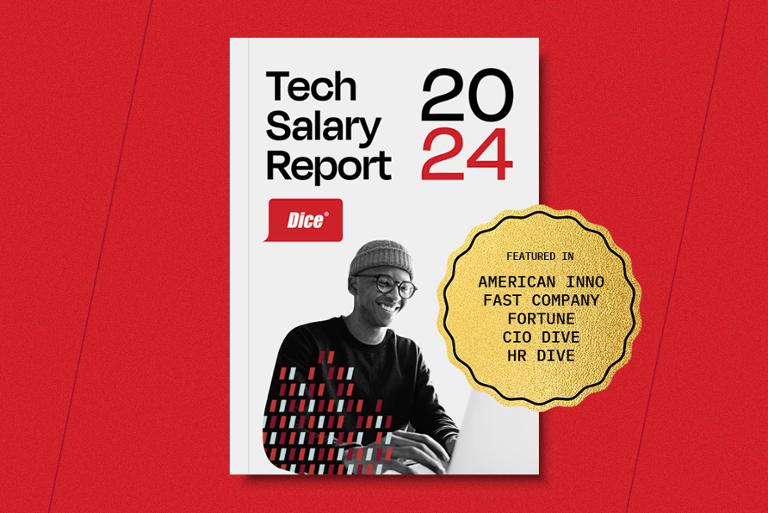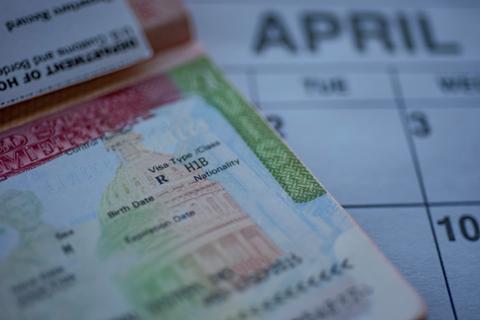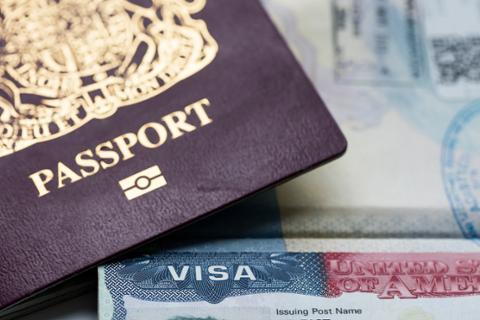At the core of the debate over the H-1B is one question: Are companies really using the visa to pay for highly specialized talent from overseas? Or are companies relying on the visa to acquire technologists for (relatively) cheap?
That question ignited debate during a recent Congressional hearing over U.S. immigration policy. Figuring out the answer is somewhat complicated, since some companies do utilize the H-1B to secure hard-to-find talent at an insane price (for example, Facebook and Google are willing to pay millions to secure a single applicant). At the same time, it’s well-established that business-services and consulting firms apply for thousands of H-1B visas, then subcontract the visa-holders to other companies.
For a bit more insight, let’s look at the average salaries for H-1B holders in certain popular technology jobs. For the data, we’re going to utilize the H-1B Salary Database, which indexes the Labor Condition Application (LCA) disclosure data from the United States Department of Labor (DOL). Then we’re going to compare those results against the average salaries in the most recent Dice Salary Report, which we generated from survey data of many thousands of technologists:
As you can see, H-1B salaries were lower than the “general” counterparts—significantly so, in many cases. But is this the result of systemic abuse of the visa? That part might be harder to determine. Not every company with a legitimate use for an H-1B worker can pay significantly above-average salaries (startups, for example, are often more resource-strapped than the tech giants).

Find out which industries and tech hubs are paying top dollar for tech talent in Dice’s latest Tech Salary Report.
In the meantime, though, it’s clear that the tech-industry habit of subcontracting H-1B workers is pretty far-reaching. A DOL dataset of H-1B visa applications tabulating FY2019, for example, showed that a large number of companies relied on H-1Bs as “secondary entities” or subcontractors; some of the biggest tech companies, including IBM, Google, and Microsoft, sourced hundreds of H-1B workers from business-consulting and subcontracting agencies.
During the Trump administration, a series of updated policies resulted in an increased H-1B denial rate for consulting and business-services companies, according to analyses by the National Foundation for American Policy (NFAP). While the Biden administration has shown some interest in prioritizing visa applications based on higher wages—an idea that also bounced around the Trump administration—it’s unclear whether the H-1B will undergo any legislative adjustments in the near term.
Sign Up Today
Membership has its benefits. Sign up for a free Dice profile, add your resume, discover great career insights and set your tech career in motion. Register now



